Cedar fence installation
Finally a cedar fence company you can trust
Get your cedar fence installed by a world-class expert.
Zero hassle. Fair prices. No hidden fees.
Let's talk about your cedar fence project
Simple and Quick: Your New Cedar Fence Installed in No Time
Get in touch with our fence experts
Give us a call or submit a request online and we’ll contact you asap!

Choose one of our fence packages and customize the design
Get an accurate and fair quote for you fence project. Your quote is clearly itemized aided by 3D visualizations.
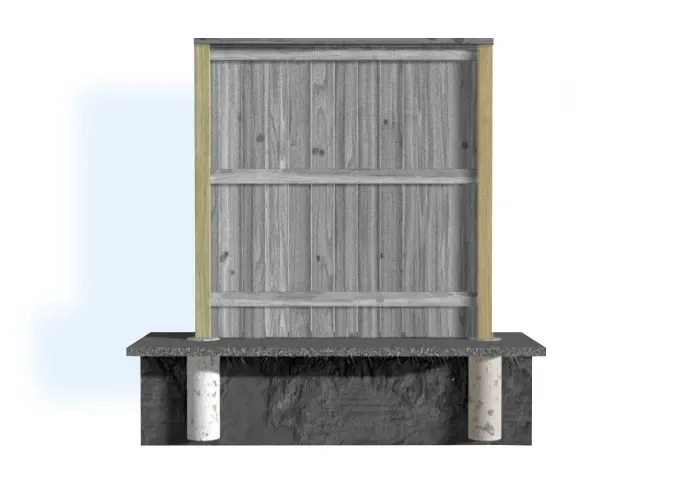
Choose your installation date, sit-back and relax
Book your installation appointment and have your project installed within 3 weeks.

We offer flexible payment options
Prefer to pay over time rather than all at once? Prequalify for financing today and contact us to learn more about our services!
Our cedar fence team is here to make your project happen with zero hassle
Satisfaction Guaranteed
Quality workmanship backed by leading warranty
Licensed and Insured
We are licensed cedar fence contractors
Experts You Can Actually Rely On
Responsive and knowledgeable team
We completed over 25,000+ fence projects
I needed to add a fence in between two existing fence sides. They even went above and beyond, nailing a fallen board from the other fence and even finished early, all that for a great price!
Corrin B.
12th Ave NE, Seattle
Good quality Cedar wood boards and the installers are professional and effective.
Kim W.
Gavin Ct, San Jose
Common cedar fence uses
There are several species of cedar to choose from.
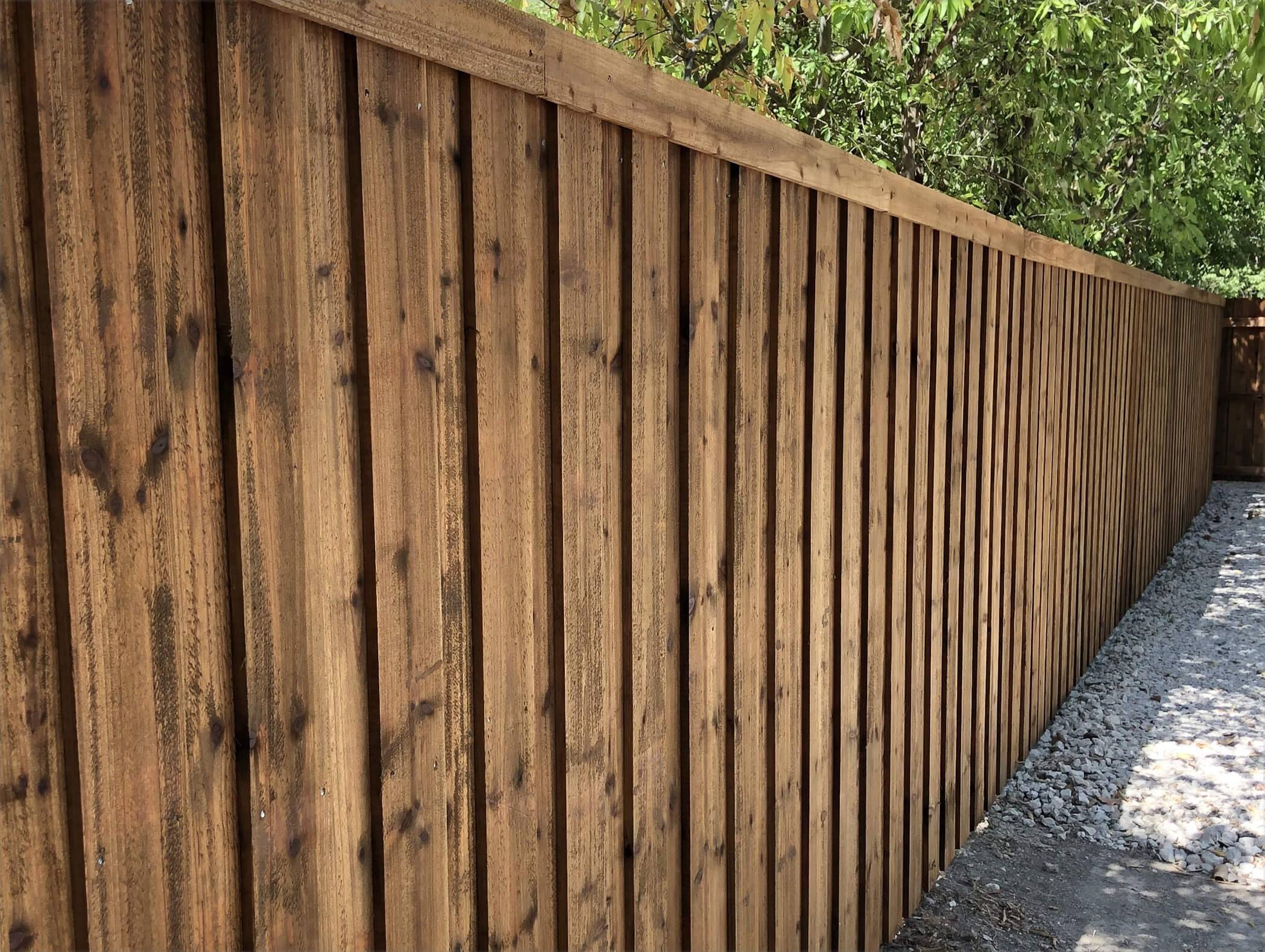
Privacy cedar fence
Cedar fences 7 ft tall or higher are great for privacy. Build to that height or add a topper like a lattice. Choosing fence panels where there are no gaps between pickets, like board on board or side-by-side pickets, will also ensure privacy. Special permitting may be needed for a fence taller than 6 ft.
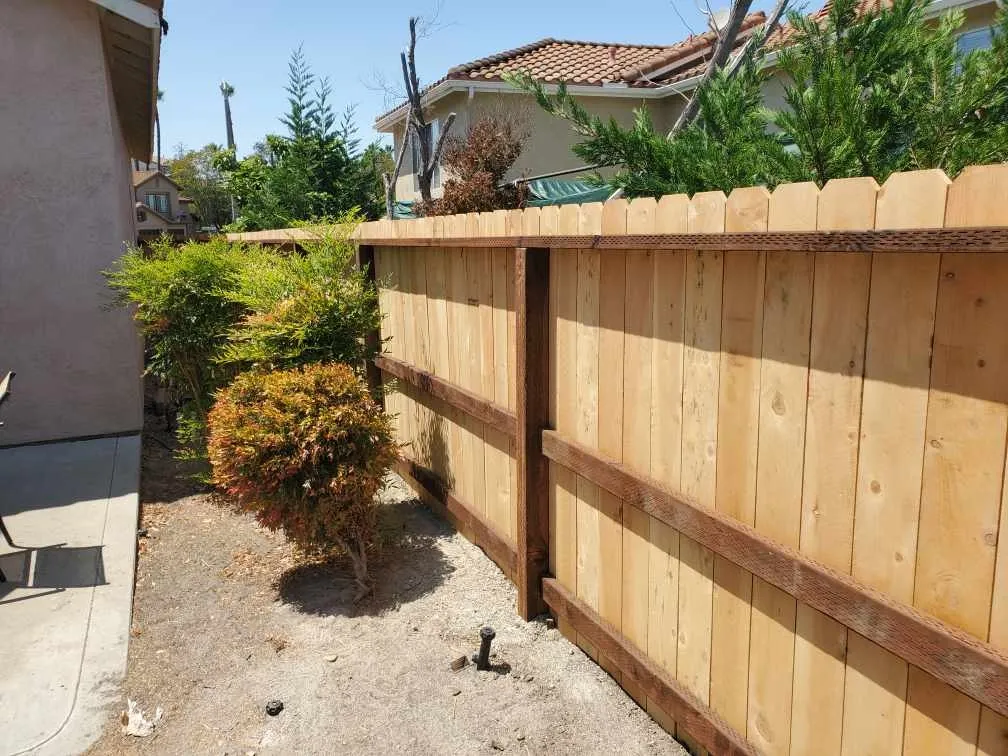
Residential cedar fences
Residential cedar fences provide privacy, security, and decorative appeal. They’re available in a range of heights depending on location: front yard, side yard, backyard, or a line shared with neighbors.These cedar fences are great for marking your property line, enclosing your yard and adding curb appeal.
Cedar fence options
There are several species of cedar to choose from.
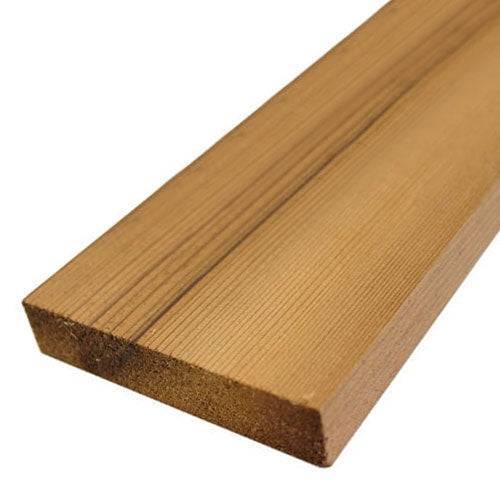
Western red cedar fence
Western red cedar is a popular option for fencing in the United States. It is durable and has a beautiful appearance. The tannins in the wood make it more resistant to insect damage and mold than other types of wood. Western red cedar fences will have different knots in them, which also adds to the unique appearance.
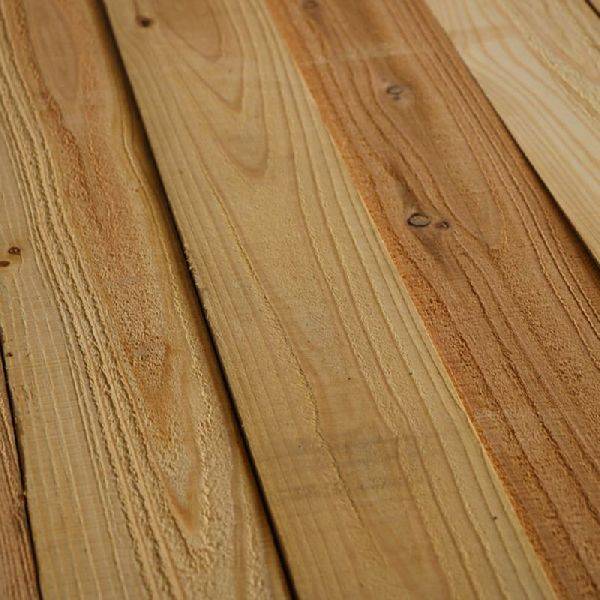
Japanese cedar fence
Japanese cedar fences will have many of the same beautiful tones as Western Red Cedar fences and will be a more economical option. Though this wood type is not as strong, it is still a good choice for residential fences.
Popular cedar fence types and designs
Cedar fences can be built to suit a variety of uses, from adding privacy and security.
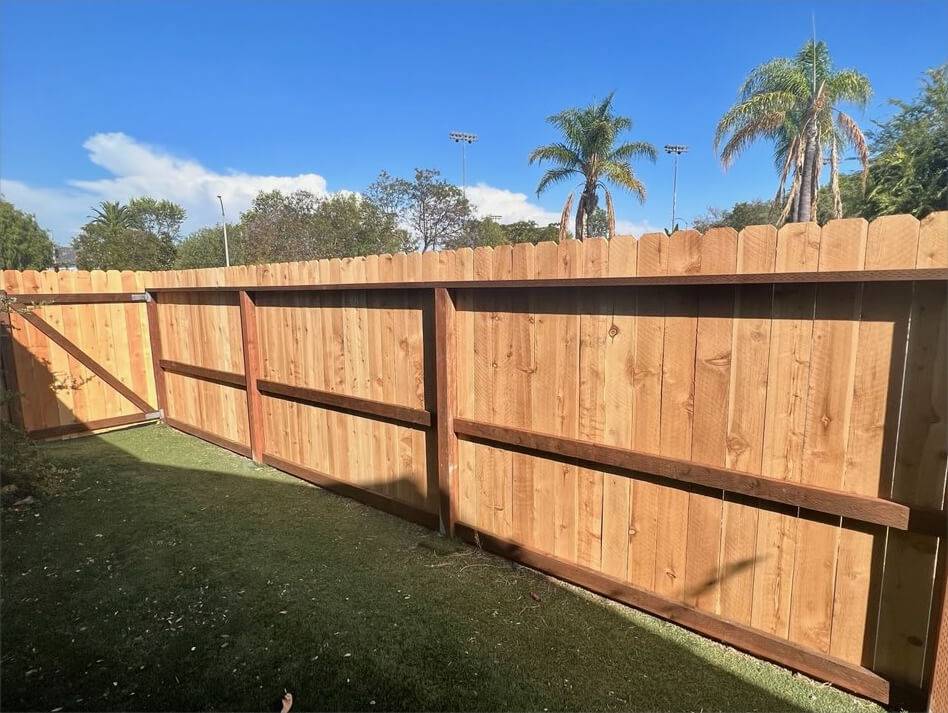
Cedar dog-ear fence
Cedar dog ear fences are a simple and sturdy option. The type is defined by the style of the picket - called dog ear. This cedar fence will have non-overlapping, side-by-side boards. They can be installed in a variety of heights and can even be built to resemble more of a picket-style fence by adding gaps between the panels.
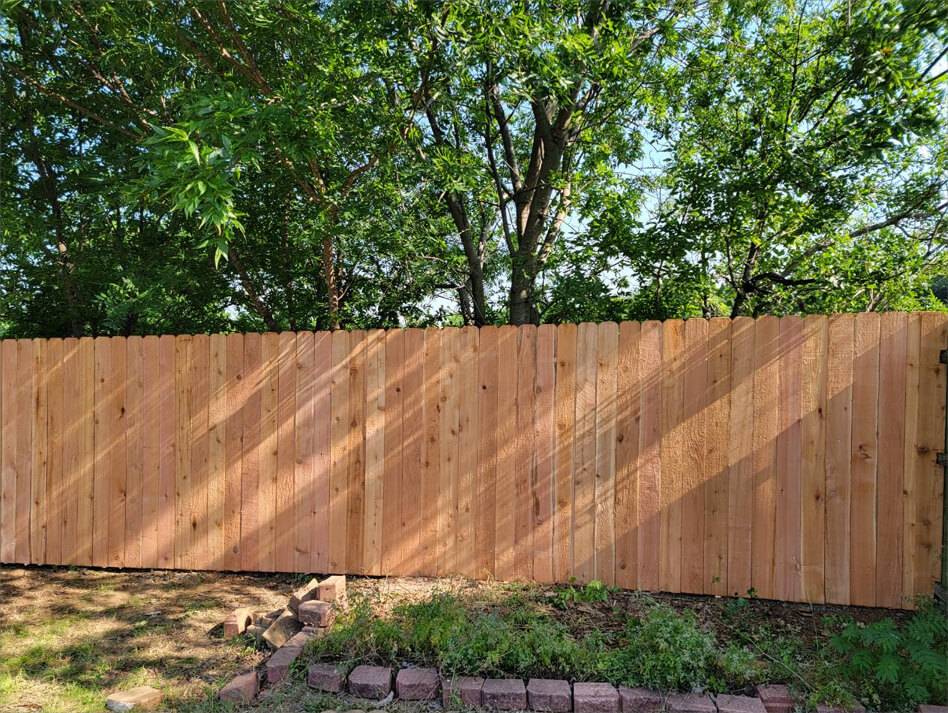
Nail up cedar fence
The classic “nail up” cedar fence is simple and sturdy. This fence style normally consists of non-overlapping, side-by-side cedar picket boards. Typically, this style will use “dog-fence” boards or regular flat top boards. It’s a great way to add privacy to your yard, and this style is often the most economical.

Cedar fences and gates
Add a wooden gate for access or as a standalone structure. There are several frame options, including z-frames, box frames, or metal frames. The width and height are factors for how your gate will move and lock. Gates can mark off access to backyards or driveway areas.
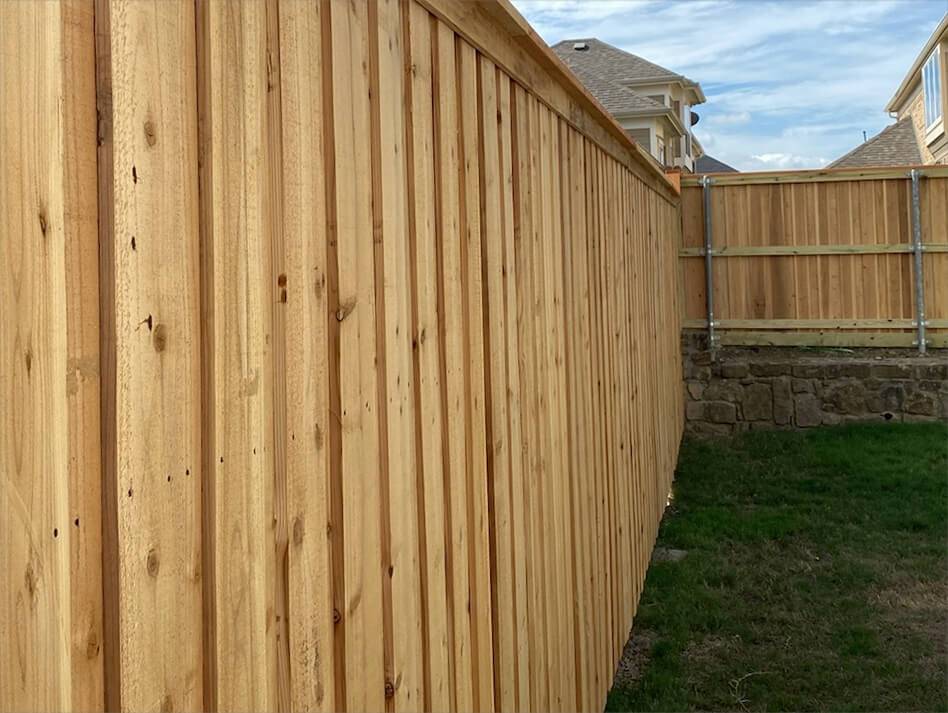
Board on board cedar fence
Board on board cedar fences are built with vertical cedar pickets overlapped in a repeating pattern. The first layer of pickets are nailed with a 4” gap in between covered by overlapping pickets. This is great for privacy (since the overlapped edges will accommodate for gaps caused by lumber drying out/shrinking post installation).
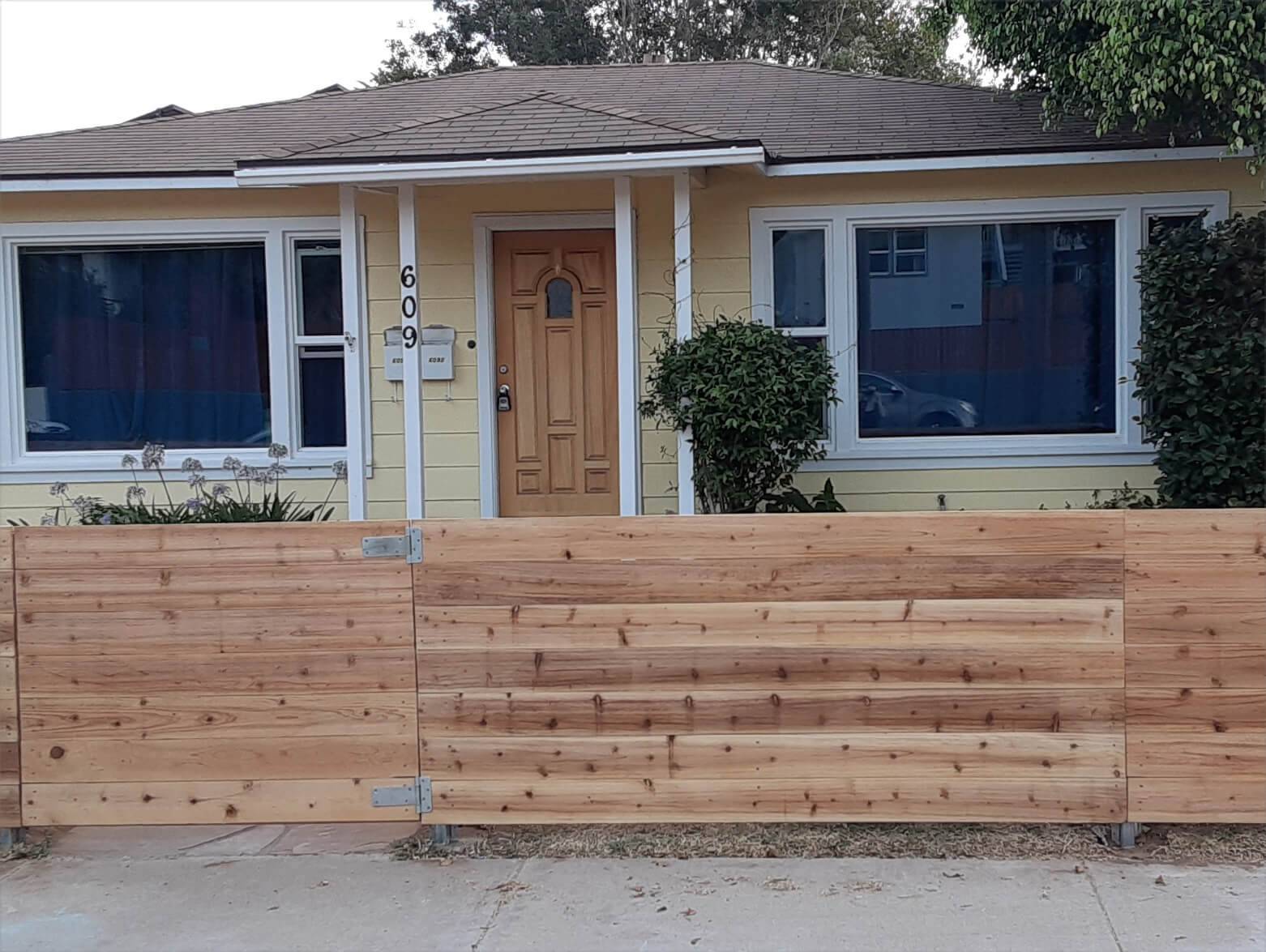
Horizontal cedar fence
Horizontal cedar fences will have pickets nailed horizontally over the rail or box frame instead of vertically. There are several applications: side by side panels, side by side with gaps, louvered, shadowbox. The horizontal design adds curb appeal and a modern, sleek look to your property.
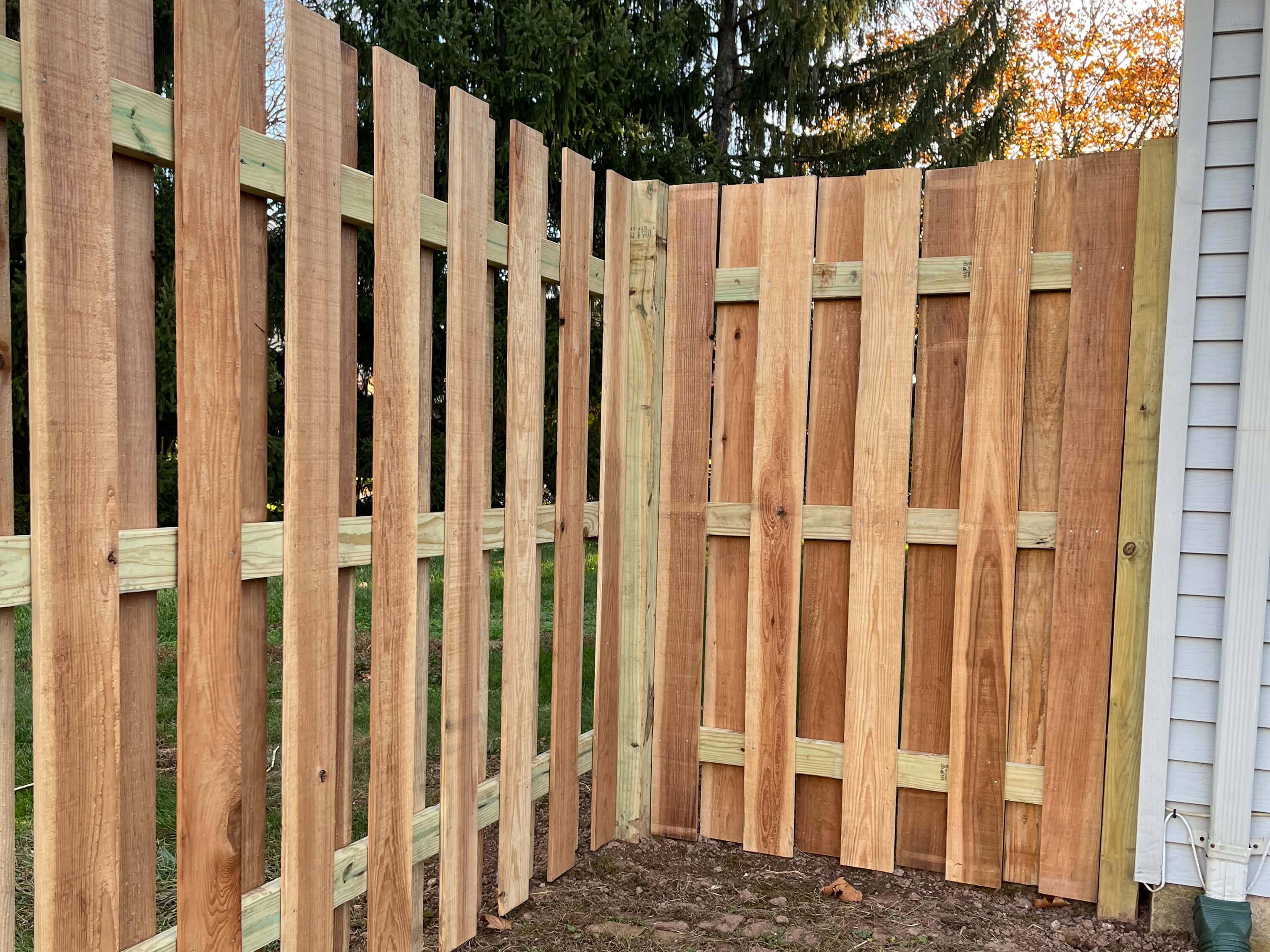
Shadowbox cedar fence
This style comes from board on board fences that have pickets alternating between both sides of the fence rail. If you want more dimensional or decorative fence elements while still maintaining the privacy of your nail up fence, shadowbox cedar fence can be a good option.
Cedar fence characteristics
Cedar fences are a popular choice for wood fencing and provide privacy and curb appeal to your home
What is a cedar fence?
A cedar fence is a type of wood fence built using cedar wood. Cedar fences can be built to popular styles such as nail up, picture frame, picket, and more! Cedar is more lightweight than other lumber types, but still a durable option for residential fencing.
Benefits of a cedar fence
Many homeowners choose cedar fences for their properties. Cedar is a beautiful wood type, distinct for its rich colors and tight grain, meaning it has fewer knots than other types of lumber. Cedar fencing is also resistant to damage from insects.
Cedar fence costs
A rough estimate for a 6’ height Cedar fence in 2023 cost between $6-$12 per linear foot. The total cost for a new cedar fence will depend on many factors like the style, add-ons and more. The average project size for residential homes ranges from 80 to 100 linear feet of cedar fence.
Fence Components
A cedar fence is made up of a few different parts. The basic components consist of vertical posts, horizontal rails supporting fence pickets, fence boards, and decorative trims.
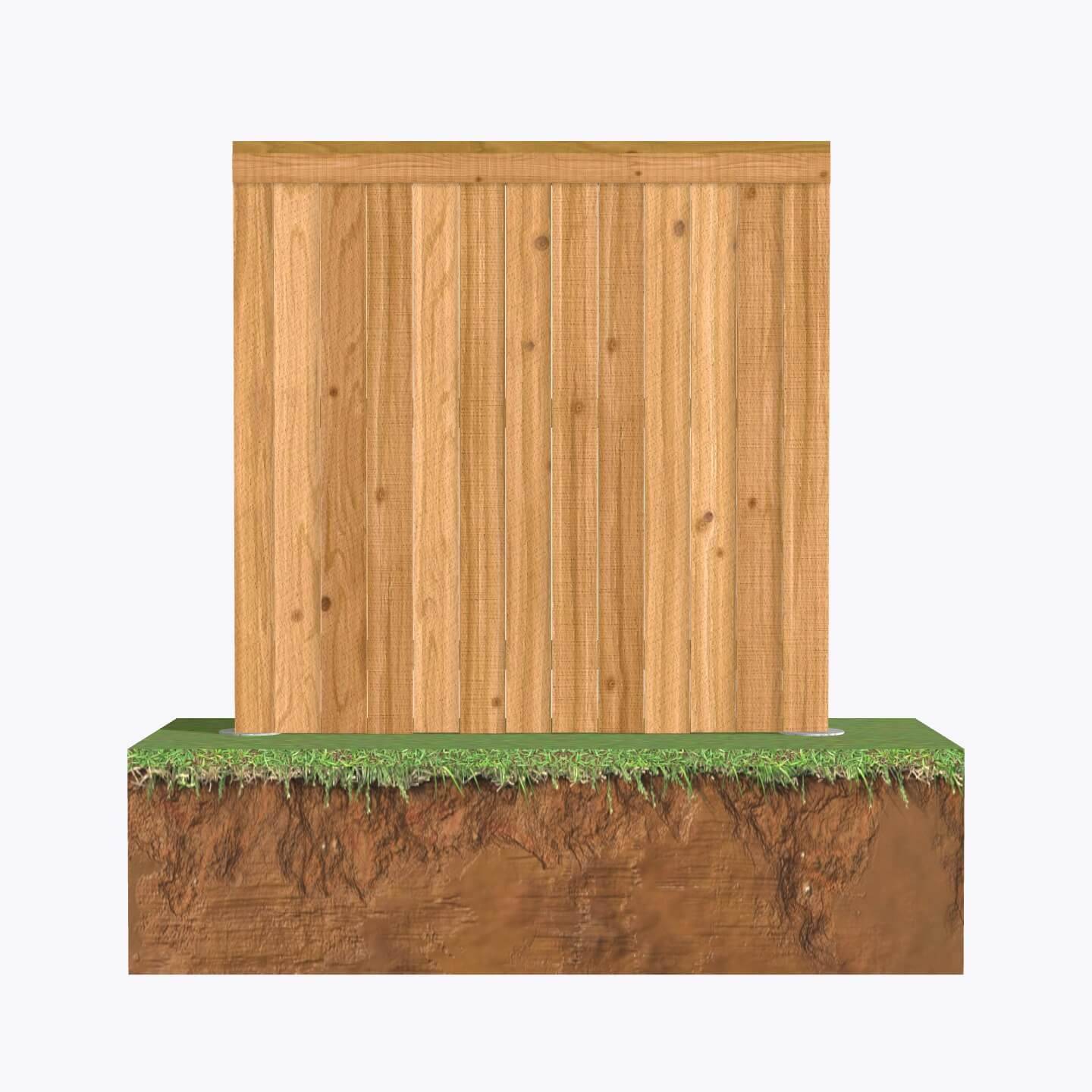
Cedar fence panels
Cedar fence panels are the section of fence that create the height of the cedar fence. You can build panels in a variety of widths, but most common are 8 feet panels. If wind resistance is priority, space them out at 6 feet.
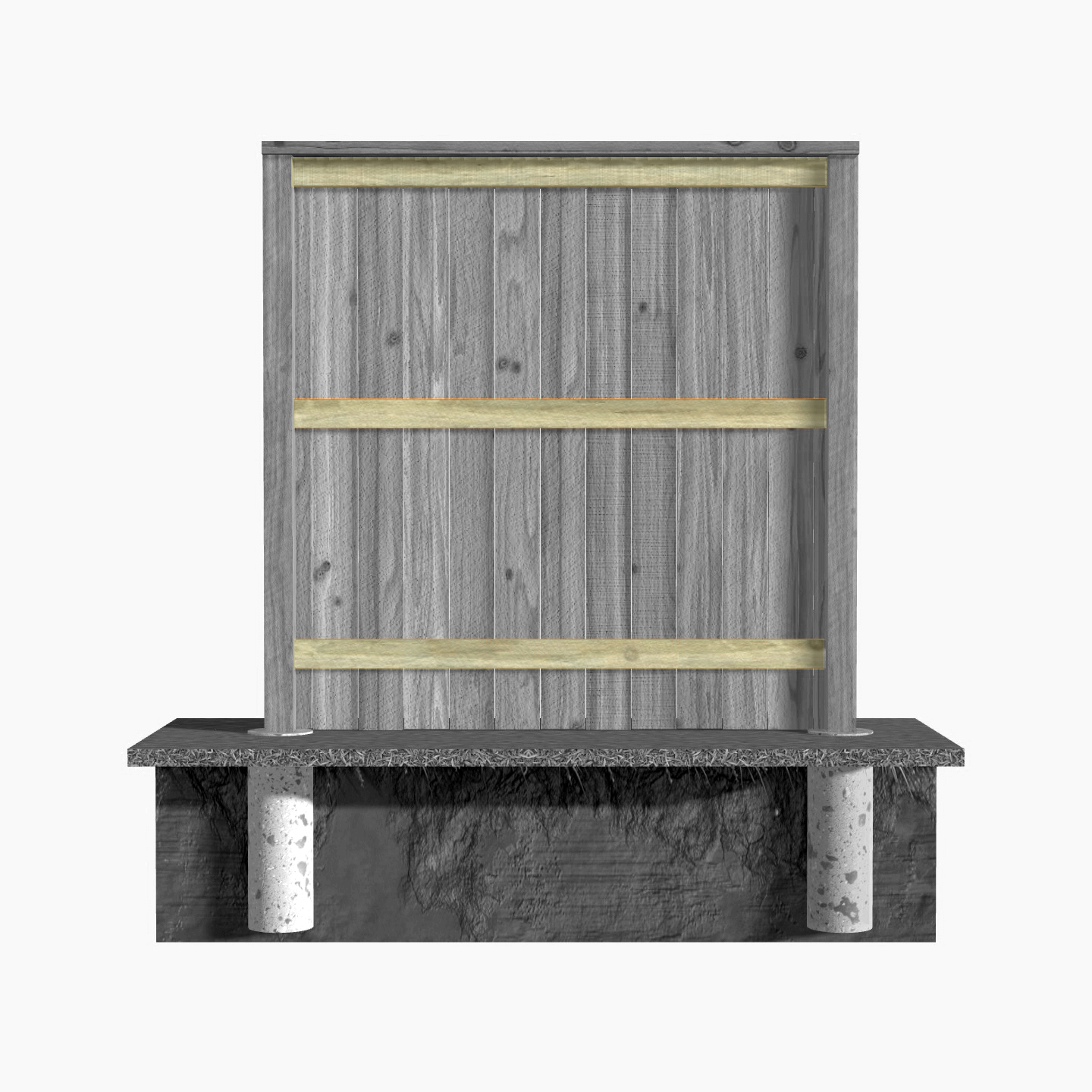
Cedar fence rails
Rails are the horizontal support for a cedar fence. The rails connect the posts with fasteners, such as screws or brackets, and are the part of the fence that the pickets are attached to. The number of rails will depend on the fence height and style.
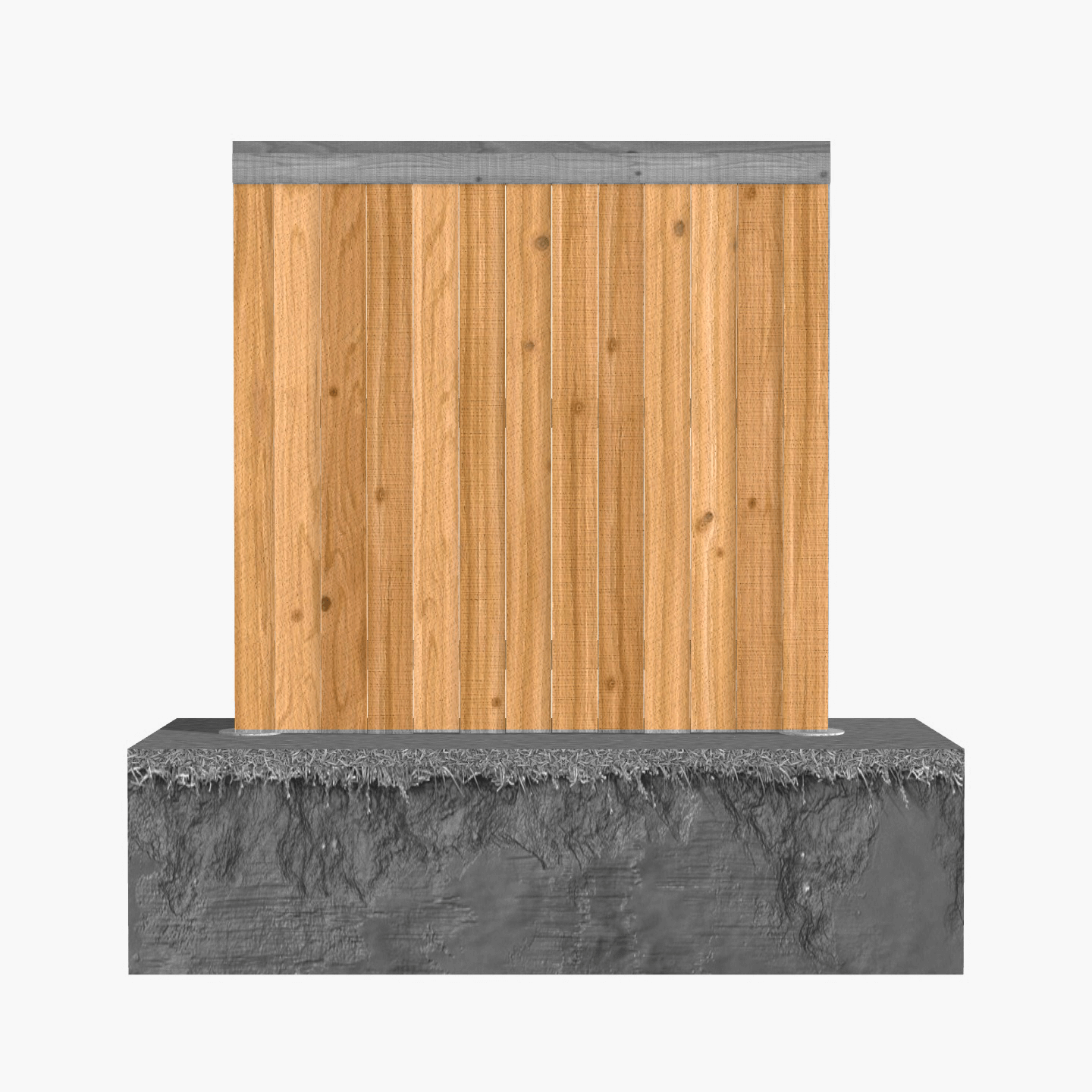
Cedar fence pickets
Pickets are the parts of the fence that stand vertically to hold the cedar fence up. Pickets can have different profiles, such as dog-eared, flat top, and pointed. Pickets come in a variety of widths, the most common are 4” and 6”.
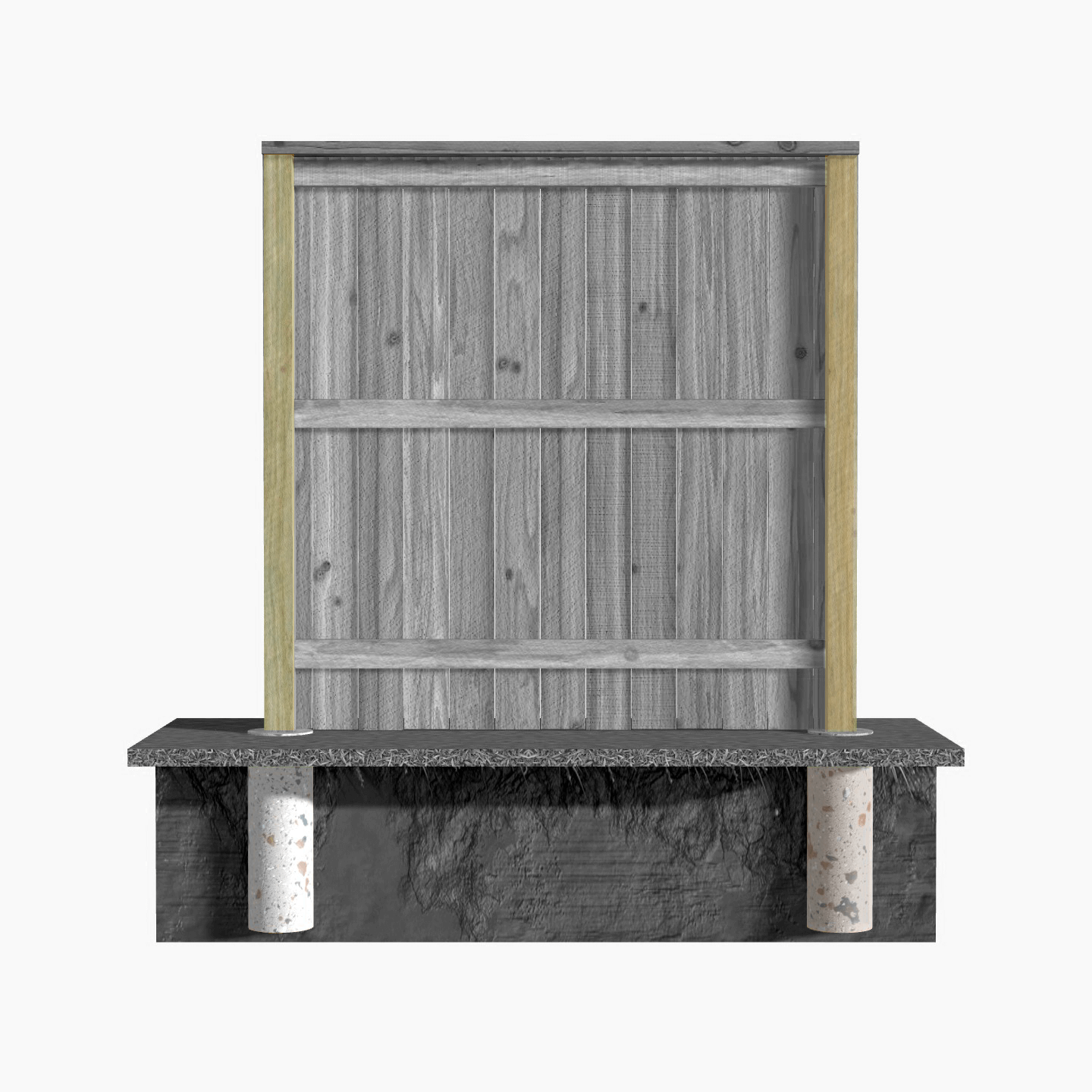
Cedar fence post
Cedar posts are the main vertical support structure for the fence. Typically cedar posts will be installed every 8 feet and set in the ground 2’ - 4’ deep with cement. Standard post thickness is 4” x 4”, pressure treated. You can add cedar fence post toppers as a design element and to protect the post from weathering.
